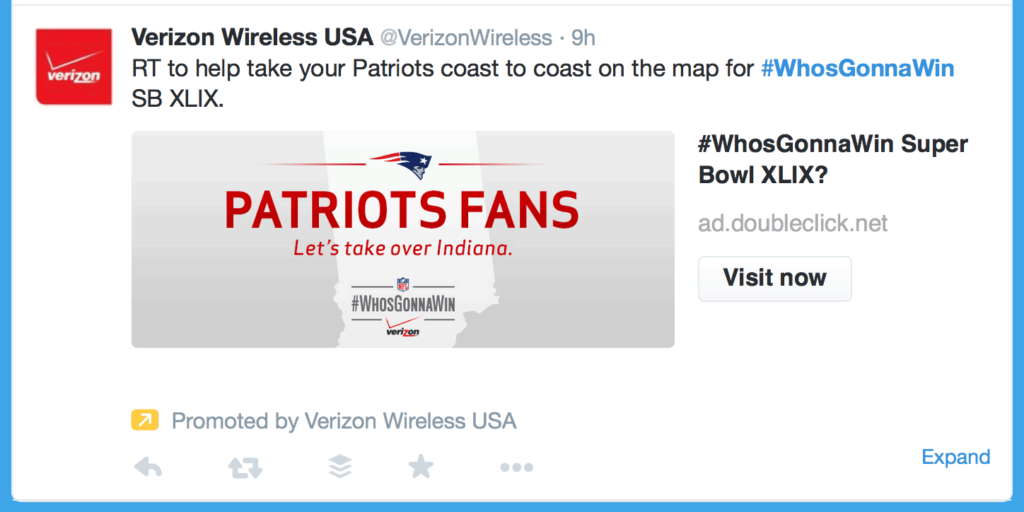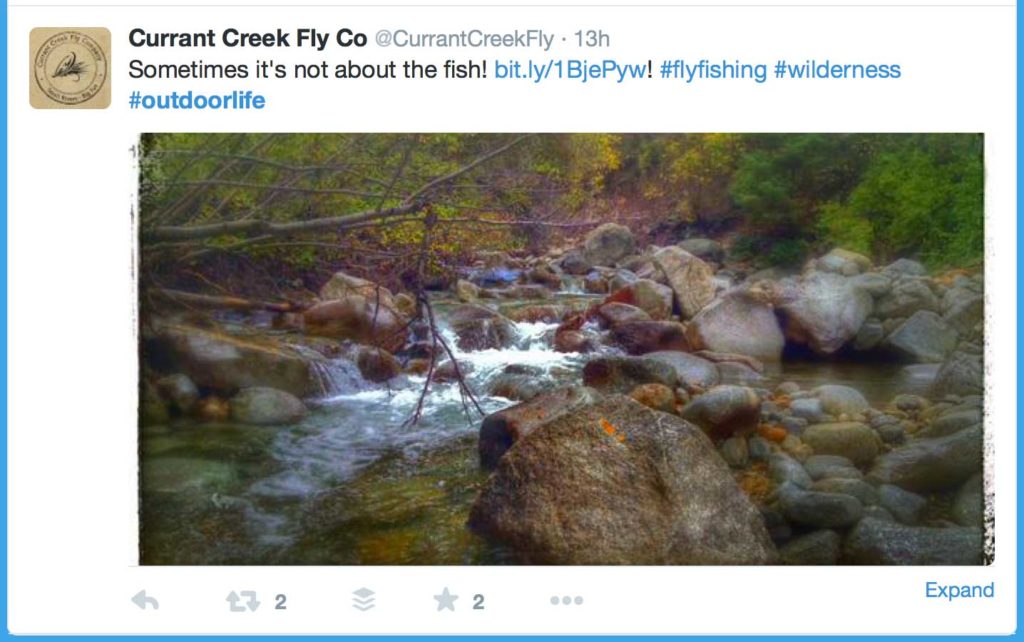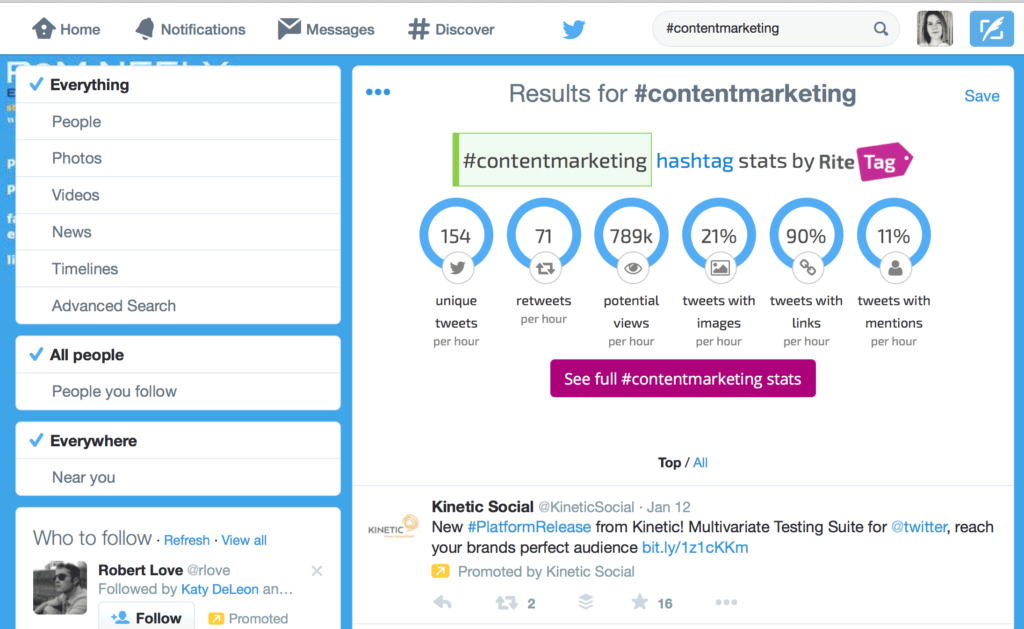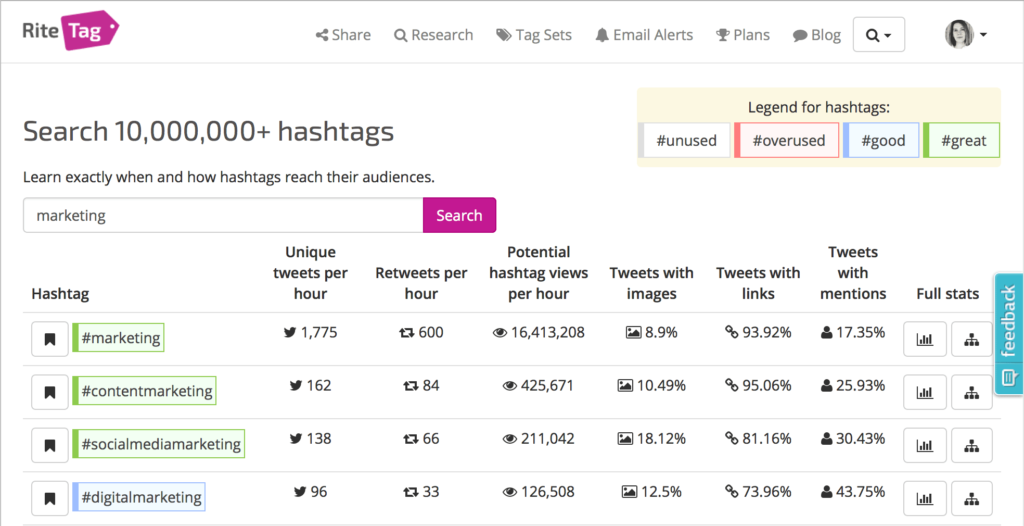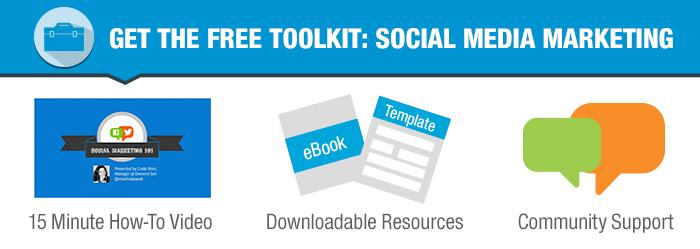 I tried to explain Twitter to my father over the Christmas holiday. He’s 78. He particularly wanted to know what a hashtag is. So I started talking about how the pound symbol always precedes a hashtag and he interrupted: “They’re like tags, right?”
I tried to explain Twitter to my father over the Christmas holiday. He’s 78. He particularly wanted to know what a hashtag is. So I started talking about how the pound symbol always precedes a hashtag and he interrupted: “They’re like tags, right?”
Hashtags are indeed like tags, and they’re used to identify the text they go along with. They start with a hash sign (#), which is immediately followed by a keyword. And the tag part at the end of their name? Well, I think it gave my father a clue.
Hashtags are widely used on social media, but for this post we’ll focus on using hashtags on Twitter. That said, pretty much everything I’ll tell you here applies to the other social media platforms that use hashtags. Those are Facebook, Instagram, Pinterest, Tumblr, Google+, Google Search, YouTube, Vine, and Kickstarter.
If you’ve been avoiding hashtags because you weren’t sure how to use them, or if you’ve been using hashtags without being sure you were using them correctly, we’re here to help. You’ll be able to use hashtags with flair by the end of reading this article.
Let’s start with the different types of hashtags. Knowing about them will show you more about how to use hashtags than anything else.
Brand and Campaign Hashtags
These are the most widely used kind of hashtags. If you’ve ever even looked at a Twitter stream, you’ll have seen one. Brand hashtags do just what it sounds like they do: They support and build on a brand. Campaign hashtags are similar, but are focused on marketing campaigns.
Here’s an example: The Verizon Wireless tweet below includes a campaign hashtag. Verizon is leveraging the popularity of the Super Bowl to gain exposure. This kind of commercial piggybacking on a wider cultural event is in the DNA of social media marketing. Hashtags are the perfect tool to do it with.
“Movember” is a great example of a campaign that had no overt commercial intent, but was still picked up and spun by hundreds of social media marketers. “Movember,” if you did not know, is the international month of mustache appreciation.
Movember’s Twitter campaign also shows how the usage of an @ sign (called a “handle”) on Twitter and a true hashtag can be blurred. Technically, the @ sign is used to send a public tweet to the attention of a specific Twitter account. But sometimes it works like a hashtag. Anything goes: The hashtag police have yet to ticket anyone for using a Twitter handle instead of a hashtag.
The two tweets below exhibit some of the rules of engagement for the Movember campaign. First, there’s the Jameson whiskey tweet. That shows the commercial twist that this “movement” incited. Then there’s the tweet below of the mustache clippings. The author of that tweet used both the hashtag and the @ sign for more exposure. It worked: The tweet was retweeted by the official Movember account.
Why use a brand or campaign hashtag? It’s an efficient way to track campaign activity. It’s also a way to get a brand, campaign or an idea out in front of people. Every time someone saw a “#Movember” hashtag stream by, they were hit with another brand impression.
Another way to use hashtags is to give people credit for something when they use your hashtag in their tweet, post or share. For instance, if you were running a Facebook contest, you could enter people into your contest every time they used the contest’s hashtag.
Types of Hashtags
Whether you’re a B2B or B2C marketer, you probably use at least one of these hashtags on almost a daily basis:
- Product hashtags
- Event hashtags
- Lifestyle hashtags
- Trending hashtags
- Location hashtags
Let’s take a closer look at how they work on Twitter.
Product hashtags
Here’s an example of a product hashtag:
#Pipernv is a product. Notice that the author of the tweet also tweeted at the company with the “@hello_piper” handle. Why do that? Because the company might retweet this since it mentions and promotes their product. The company may also be tracking #Pipernv, and might retweet this just to amplify someone’s positive opinion of their product.
Event hashtags
See the event hashtag in the tweet above? “#CES2015”? Anyone who searches that hashtag will bring up that tweet. Whether it’s a conference or even a wedding, event hashtags can be the thread that holds everyone’s experience of an event together on a moment-to-moment basis.
The ultimate example of event hashtags are “Twitter chat” or “tweet chat” hashtags. A Twitter chat is a pre-scheduled online event that happens right on Twitter. You participate by following the hashtag in your tweet stream. The moderator of the tweet chat will pose questions. Then people tweet back using the chat’s hashtag in their comment. A tweet chat is basically a public group chat about a particular topic.
Here are a few tweets from the tweet stream of a recent chat about content marketing:
Lifestyle hashtags
The “#outdoorlife” hashtag used here is an example of a lifestyle hashtag:
Here’s another example of that same hashtag, now being reused by a retailer to gain exposure for their products:
Lifestyle hashtags sometimes behave much like campaign hashtags, and vice versa. But isn’t this what marketers are hoping for – that a brand begins to speak to an entire lifestyle? A few brands, hashtags, and products have achieved this blend. Apple products are presented as if they’re part of a lifestyle. So are GoPro cameras and the RedBull energy drink.
Trending hashtags

One of the best things about social media is that it lets you hook into other peoples’ successes, or to chime in on the topic of the moment. This is what trending hashtags are all about. Any hashtag that’s enjoying a spike in popularity is a trending hashtag.
There are many tools that give you different information about trending hashtags. Some of the paid social media enterprise management systems (like SproutSocial) include hashtag trending. But free tools like Hashtags.org, Hashtagify.me, Trendsmap and RiteTag will also give you trending information.
This screenshot shows the trending information for the hashtag #contentmarketing over a 24-hour period:
Location hashtags
Location hashtags are the domain of local businesses and events. They can be powerful tools if used correctly. Here’s an example of a newspaper promoting an article about a local businesswoman:
Business lessons from Angela Jackson, Portland’s sailor-turned-startup savant. #pdx #startup https://t.co/r6cMIF5ZZp
— Startup Chronicle (@StartupChron) February 20, 2015
And a local brewery sending out a siren song:
S’More Stout from Base Camp Brewing in Portland, Ore. #PDX #orbeer pic.twitter.com/VKEHcG9kV9
— Rick Lyke (@Worldin80Drinks) February 18, 2015
Boost Your Hashtags for Best Results
Now you know the different kinds of hashtags and how to use them. But how often should you use them? Is any more than one hashtag per tweet a social faux pas? Is it okay to use four, five or six hashtags? Won’t that get you the most exposure?
It is definitely not a good idea to use six hashtags. In fact, any more than two hashtags per tweet (or post) actually suppresses engagement.
In addition to not using too many hashtags, there are some other etiquette points to know and use:
- Keep hashtags short, just like everything else on Twitter. Some sources recommend hashtags have six characters or fewer. That’s a good goal, but people break the six characters rule all the time.
- Use hashtags that are easy to spell. You’ll also want to make sure there are no double meanings when words are run all together. (When Margaret Thatcher died, the hashtag #nowthatchersdead made a lot of people think Cher had also passed away.)
- Consider using CamelCase: You might want to capitalize the first words of a hashtag to improve readability.
- Use hashtags that are easy to remember. This is especially important for brand and campaign hashtags. It’s also helpful if you want to start a movement, like #firecolbert.
- Remember the context. Social media has too many examples of posts, tweets and other content being published with perfectly innocent intentions, only to become a public relations nightmare when someone took that out of context, or an event happened that altered the context of the update.
- Don’t start a hashtag with a number. It won’t work. So “#1” is safe to use in a phrase, like “USA#1”. But if you’re about to launch a Twitter campaign with the hashtag “#123go”, change plans.
Think carefully about your hashtags, and make sure they don’t have any other meanings. There was an embarrassing example of this a few years ago; a niche political movement started using a hashtag that had a very different meaning in the adult entertainment world. As you can imagine, late night comics had a field day with it. And, consider also how your hashtag might reverberate in another language.
You can use fancy tools to find out about who’s using a specific hashtag and what the context is, or you can just go to Twitter, search the hashtag, and look through the stream of tweets. It’ll tell you everything you need to know. Or skip the search – hashtags are clickable. One click and you’ll see all the tweets for a given hashtag, sorted by recency.
Which Hashtags Should You Use?
There are so many tools to show you which hashtags to use. If I had to pick just one, it would be RiteTag. RiteTag’s edge is that it can be used via RiteTag’s website, or directly in your browser as an app or plugin. It works with Firefox, Chrome or Safari. RiteTag also works directly in the interfaces of Twitter.com, Buffer, Hootsuite, Tweetdeck, SocialOomph and SproutSocial.
This is what RiteTag looks like from within Twitter:
As you can see, RiteTag gives you a lot of statistics on each hashtag you search for. It shows how often a tag has been used, how many people could see a tweet with this hashtag, and other interesting information.
RiteTag also rates hashtags according to how good they are to use. See how “#contentmarketing” is highlighted in green? That’s RiteTag’s visual cue for telling you it’s a good hashtag to use.
If you want to put more research into which hashtag to use, click through to the RiteTag website. You’ll be able to see related hashtags, how often a hashtag was used over a period of time, and other data.
Now it’s Your Turn
That concludes this introduction on how to use hashtags for social media marketing. You now know enough to use hashtags with aplomb, and you can hashtag with the best of them. Watch out, Jimmy Fallon and Justin Timberlake!
Got a question? Seen any hashtag use that should warrant the hashtag police? Let us know in the comments. And be sure to get more help achieving your social marketing goals. The resources in this toolkit will give you a clear methodology for building a social marketing program, distributing social content, and generating social media leads.

